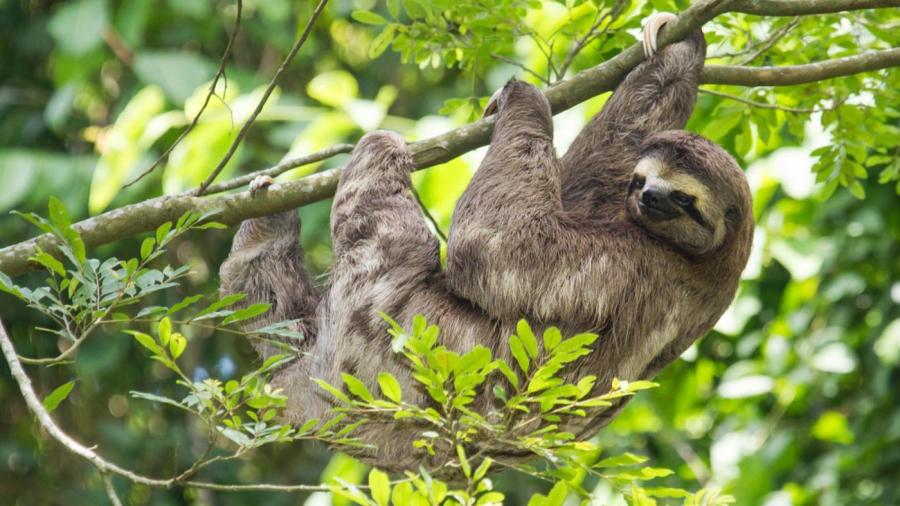Why Are Sloths Endangered?

Bradypus pygmaeus, known as pygmy three-toed sloth, is a critically endangered species because of human threats and predators. They are endemic to Isla Escudo de Veraguas, an island in Panama that is protected as a wildlife refuge. Although the island has no inhabitants, visitors such as local people, fishermen and lobster divers hunt the sloths and sell their meat.
According to preliminary studies, pygmy sloths have a low genetic diversity level, which could lead to extinction if the population continues to decrease. They are characterized by slow movement, and they are often eaten by cougars and jaguars. They spend most of their lifetime in trees, quietly hanging upside down from tree branches and rarely descending to the ground. The entire island where they are found is now a marine reserve, and only a few tourists are allowed to visit the island. However, indigenous people cut the mangroves, reducing the available area of habitat for them. Reduced mangrove coverage is a major reason why pygmy sloths are decreasing in number. Pygmy sloths are exclusively found in red mangrove forests surrounding the island, and they primarily feed on the mangrove trees’ leaves. Another major threat are humans who hunt the sloths to use the meat.





